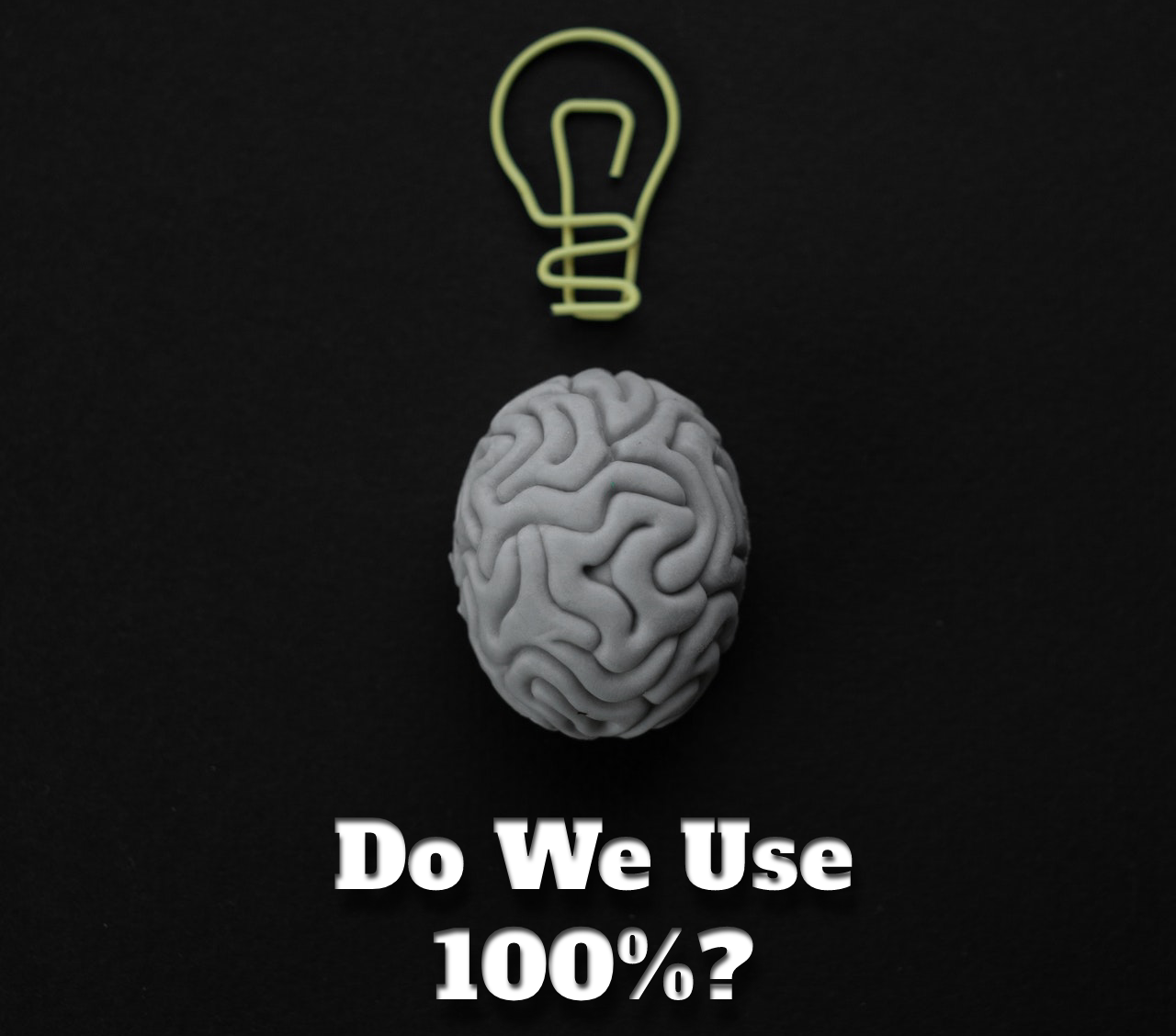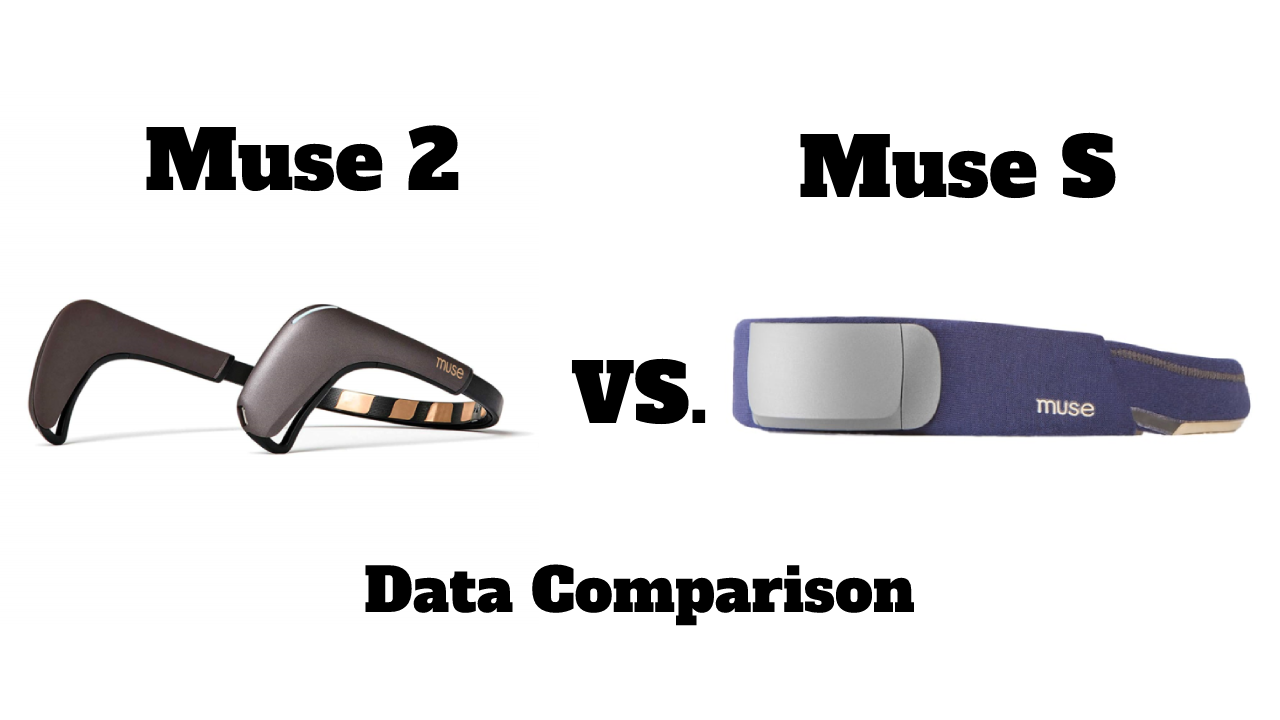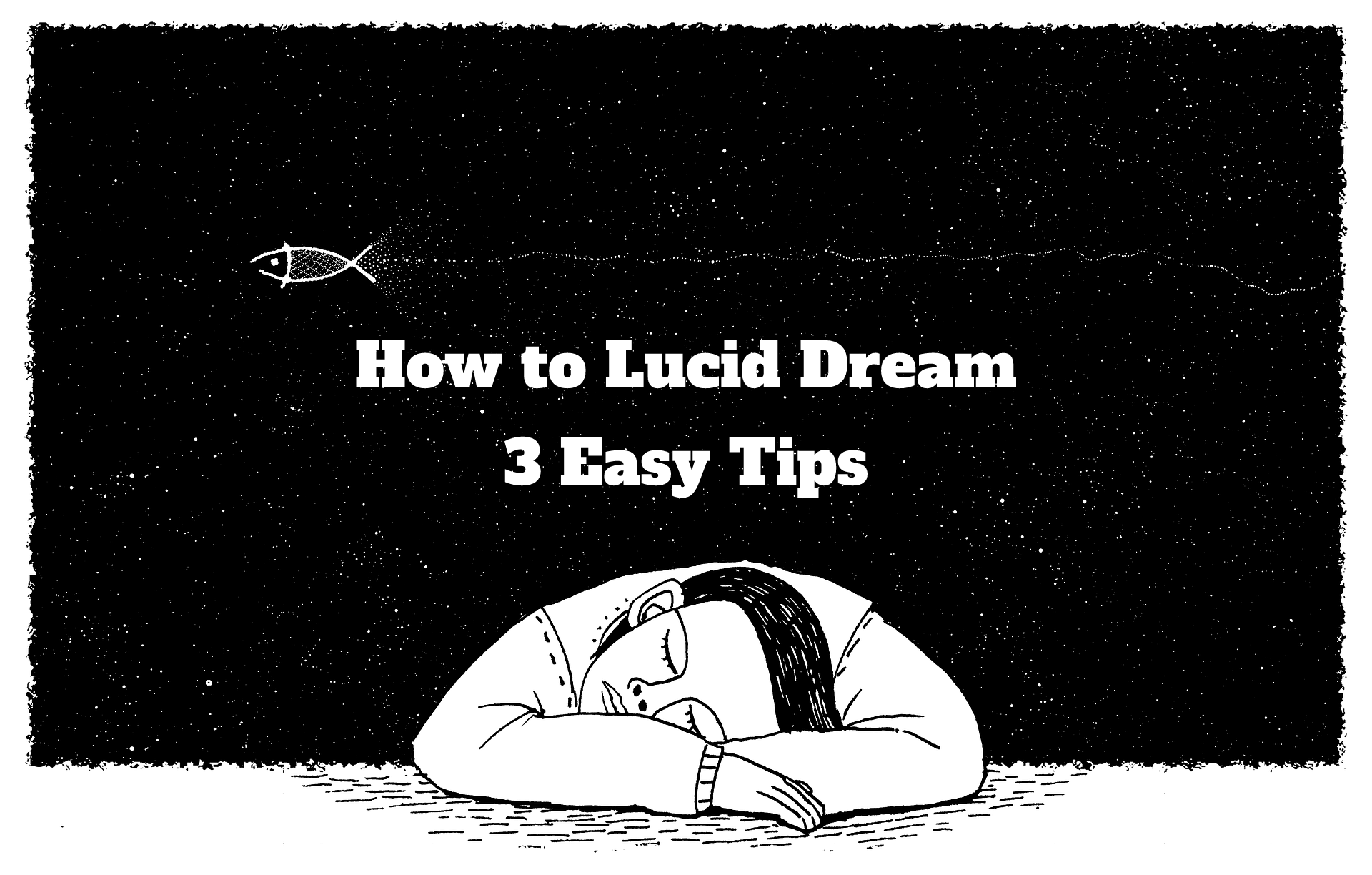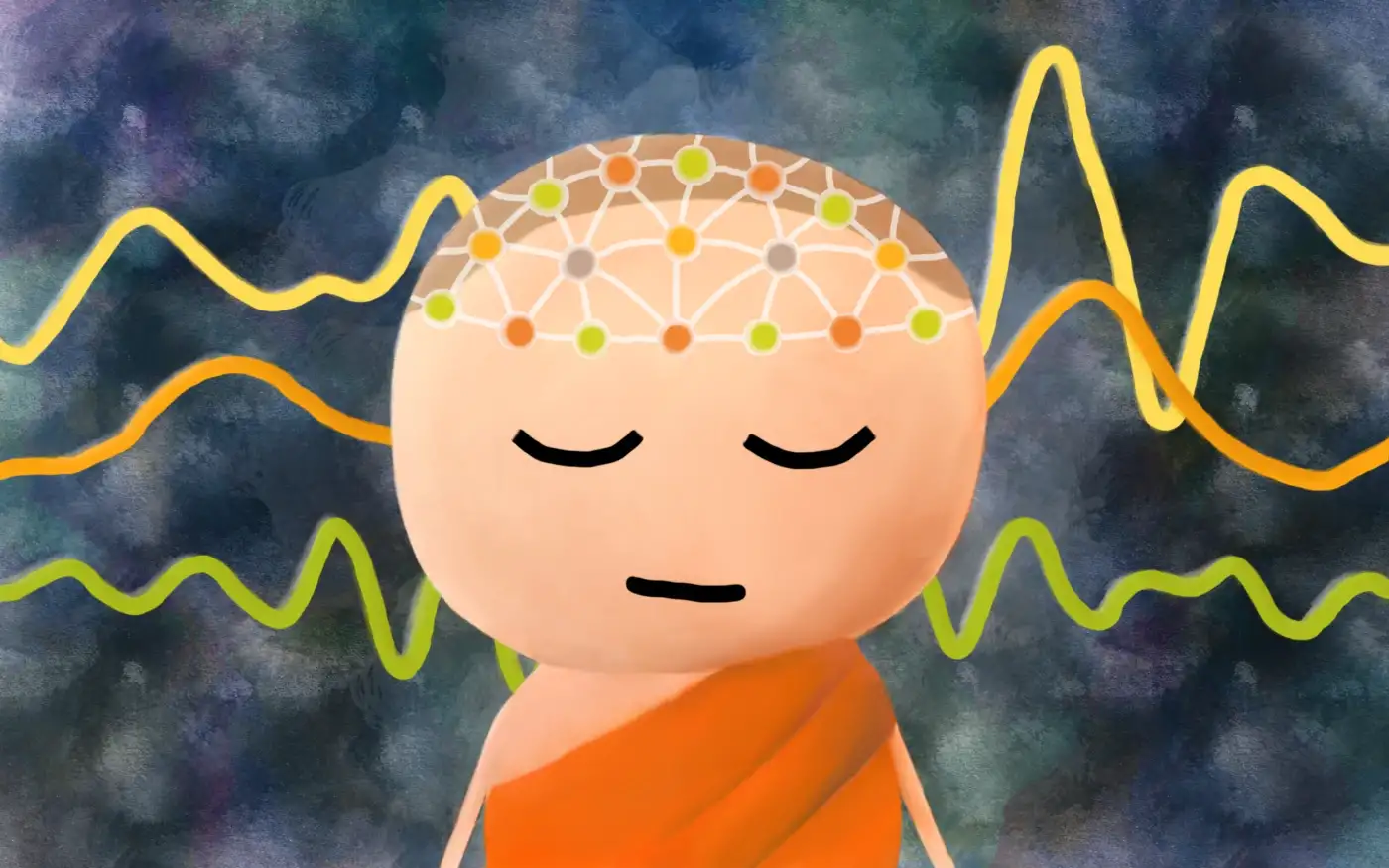Have you ever wanted to unlock your true potential? Who hasn’t fantasized about being the genius character from Limitless, having the capacity to visualize like the great minds of Einstein and Tesla, or even simply being able to remember where you put your keys? What if I told you that humans only use 10% of their brain capacity. What if there was a latent savant in all of us just waiting to be called out? Many people have heard of the concept of a hidden cognitive reserve that lies dormant, waiting to be summoned and, once present, elevates the individual to new heights of intelligence and ability.
Unfortunately, this idea is completely false.
This idea has permeated many societies, being adopted by popular culture in the form of films like Lucy and Limitless; taken into New Age beliefs as a source of humanity’s latent psychic abilities; and even taken advantage of by spurious advertisements that use the idea in order to sell a product. The fact that this idea has become one of the most common misconceptions of the modern era is not due to some profound societal ignorance or manipulative malice, but is actually an interesting parable about how, often, something that sounds scientific is often taken as scientific, regardless of any basis in fact or supporting evidence.
Ok, so what is this myth, exactly? Well, the idea is that a person only uses about 10% of the brain’s power, the rest being an inactive lump of incredible potential. If a person can somehow access this unused portion, (say, by taking the drug from Limitless or from Lucy), it will afford them amazing cognitive abilities like increased memory, reflexes, or even supernatural abilities. Quite the idea, and something that would be very fortunate and inspiring for someone to strive for, if only it held even the slightest shred of validity.
The idea gained traction in the early parts of the twentieth century, most notably in the forward, written by Lowell Tomas, of the book, “How to Win Friends and Influence People”. In this text, Tomas cited the famed Harvard psychologist William James with the idea that a person only barely reaches their full potential, and seemingly, arbitrarily added the “10%” figure into his reference. It is hard to say what Lowell’s intention or understanding was in writing this, whether he himself had falsely interpreted a passing idea or was merely attempting a more intelligent tone in this forward by adopting a more scientific voice, but needless to say, this idea and the “10%” figure began to snowball at that point as it rolled its way all the way into our modern mindset.
The intentions may be ambiguous, but where Lowell had picked up this idea is no mystery. It was an idea discussed at the time among academics that people typically do not live up to their potential. What they meant by this is that the average person at that time was far more capable and able to accomplish more “advanced” tasks than their lives demanded. Despite being a tad condescending (You can’t beat early twentieth century academics at that!), it can be understood that the average person, working as a laborer of some kind or in something similar, would never be interested or even have the opportunity to study the heady topics of the time like medicine, architecture, or philosophy. In this way, the notion of someone not living up to their potential became a loosely defined idea that floated around in the seas of academia. Couple this idea with an unchecked misinterpretation and a random, but reasonable sounding, statistical figure, and the misinterpretation now has the traction it needs to propel itself into the future with myth-like abilities.
The last few decades have seen a huge boost in the understanding of neuroscience, with a lot of the accompanying information and vernacular naturally trickling down into the minds of all, creating a steady bedrock where unchecked ideas can take root and foment. We can now, with precision, say how this myth makes absolutely no sense.
Humans use 100% of their brains. However, we do not use 100% of the brain at all times (A focused task like completing a puzzle may take around 30%). However, what must be understood is that we use as much of our brains that is relevant to the task. In the case of 30% being used for a given activity, the unused 70% has no ability to improve or interact with that activity. What do I mean by that? Well, let’s say you are hanging a picture on your wall, certain parts of your brain are now called into action. For example, the motor centers in the frontal cortex allow you to move your hands and arms in order to position the frame, other neurons in the brain stem and cerebellum control your balance and posture as you do so, while neurons from your eyes leading to the back of your brain in the visual cortex interpret the image you see in order to make a judgment, perhaps on how high, or how straight and even the frame hangs on the wall.
Let’s say the sum of these activated areas amounts to about the 30% figure. The remaining 70% of the brain encompasses a hugely diverse range of specialized areas, each with its own unique task. Some control subconscious reflexes like breathing and blood pressure, others control your body’s biological balance by sending and receiving signals relating to hunger and thirst. Therefore, if you could somehow apply these other brain areas toward the task of hanging the frame, would it be helpful and relevant to use neural areas that control your hormonal balance? How about your flight or fight reflex, or maybe your sensation of hunger? These other areas can’t help you hang the frame, so in relation to the task, they are not used. Now, perhaps once you are done with the frame you start to feel hungry, the muscle coordinating centers no longer need to be activated in order to create this sensation, so in the context of the new neural signals being sent, the motor centers are now inactive while the relevant brain centers activate and work together to accomplish whatever needs doing.
You could almost think of the brain as a car or a computer. If you have a problem with your car’s AC not cooling correctly, does it help you if you install and use an additional seven tires in addition to the four you have? Nope, while you could argue you have increased the car’s capacity or ability by doing so, really the tires have no bearing on the AC unit. If you had a computer with a slow processor that takes forever loading web pages, would it help to slap on a few more CD drives onto your unit? Again, the answer is no, the CD drives, while a part of the computer, cannot contribute to the task in question but serve their own unique purpose. Similarly, when you are using your brain for a specific purpose, the components of the brain that are not responsible or able to help with the task really are of no help and somehow invoking them does not make the completion of the task any quicker or better.
Another fact afforded by modern neuroscience is that the brain could also be likened to a muscle in that the same “you use it, or lose it” motto can be applied. The more you use a part of your brain, the more you brain will adapt to strengthen and improve the area being used. Unused areas get pruned away in order to use those biologically expensive resources toward something useful. Therefore, if we only used 10% of our brains with the other 90% lying dormant and unused, this unused portion would be like an unused muscle, weakening and being pruned away in favor of not wasting those resources! A human brain takes a lot of energy and dedication for a body to maintain. Nothing is ever wasted!
So want to become an overnight genius? Me too! Unfortunately, like most things worth attaining, there is not fast path to success, there is no quick fix, no “limitless” drug to instantly boost us to godlike status. Want to be a world class mathematician? Do a lot of math. Want to be a master of languages? Hit the books. Some people may seem to born to be masters of certain topics or skills, but we all the same neurological potential. Practice really does make perfect, and we all have the freedom to become the savant we’ve always dreamed about. All it takes is dedication, practice, and effort.



